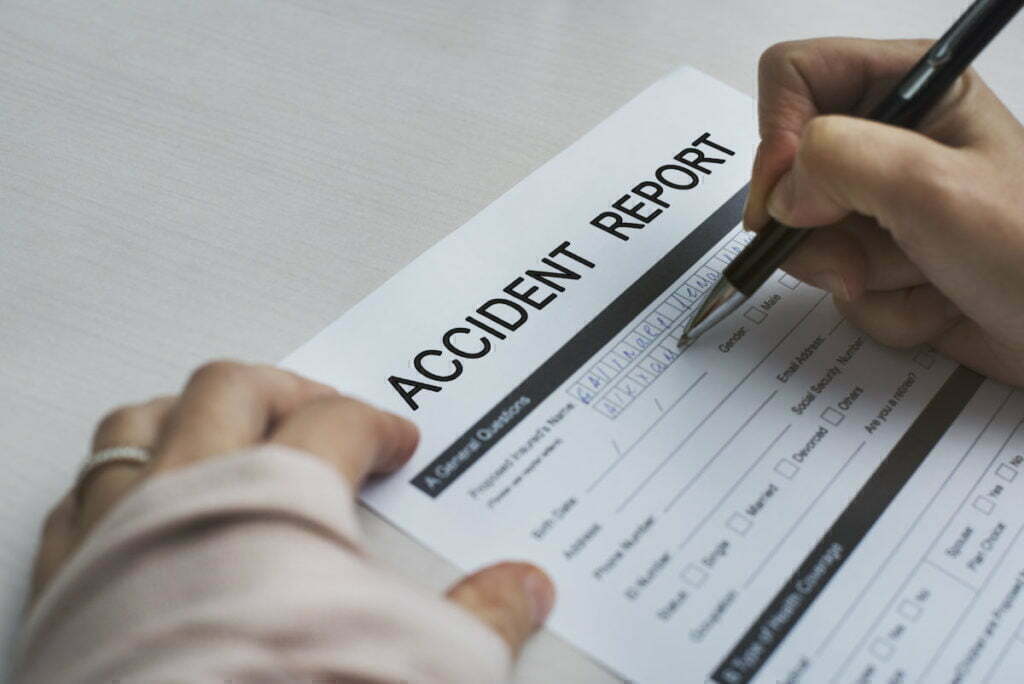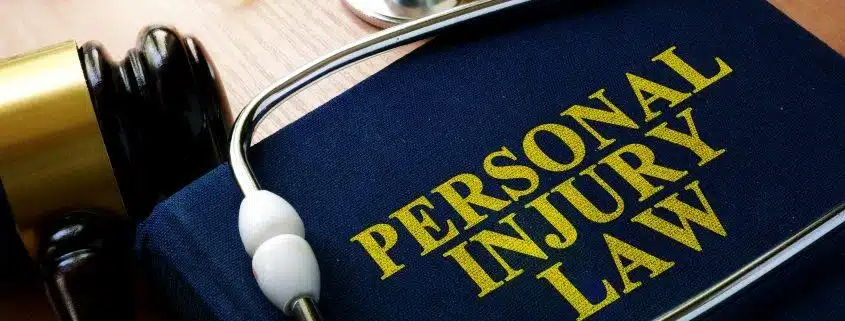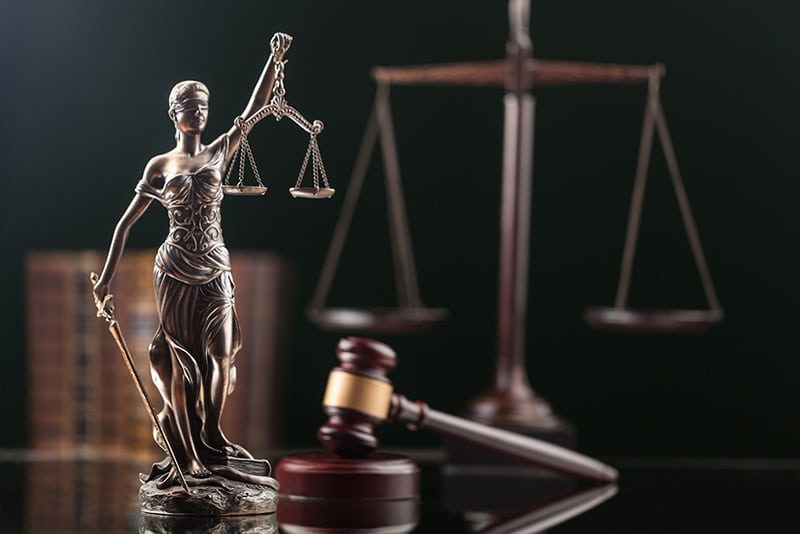Welcome to the legal battlefield! Personal injury cases can be a daunting and complex journey, especially when it comes to understanding the proof requirements in Texas. In 2023, it is crucial to equip yourself with the knowledge and insights necessary to navigate this intricate landscape. In this article, we will delve deep into the intricacies of personal injury cases in Texas, shedding light on the proof requirements that can make or break your case. From establishing negligence to proving causation and damages, we will break down each element, providing you with a comprehensive understanding of what it takes to successfully pursue a personal injury claim. So, whether you are an attorney, a victim, or simply someone curious about the intricacies of the legal system, join us as we embark on this journey of unraveling the proof requirements in personal injury cases in Texas. Let’s arm ourselves with the knowledge to conquer the legal battlefield together!
Overview of the legal battlefield: Proof requirements
Personal injury cases in Texas require the injured party to meet certain proof requirements to establish their claim. These proof requirements are crucial in determining the outcome of a case and can significantly impact the compensation awarded to the victim. The burden of proof lies with the plaintiff, who must prove that the defendant’s negligence or wrongful conduct caused their injuries. To meet this burden, the plaintiff must provide evidence that satisfies the legal standards set by Texas law.
In personal injury cases, the burden of proof is typically based on the preponderance of the evidence standard. This means that the plaintiff must prove that it is more likely than not that the defendant’s negligence caused their injuries. This is a lower standard of proof compared to criminal cases, where proof beyond a reasonable doubt is required. Understanding this burden of proof is essential for both plaintiffs and their attorneys as they navigate the legal battlefield.
Types of evidence required in personal injury cases
To meet the burden of proof in a personal injury case, it is essential to gather and present various types of evidence. This evidence helps establish negligence, causation, and damages, which are the key elements of a personal injury claim. The types of evidence commonly used in personal injury cases include medical records, photographs, videos, witness testimonies, expert opinions, and documentation of any financial losses or expenses incurred as a result of the injury.
Medical records play a crucial role in personal injury cases as they provide documented evidence of the injuries sustained and the treatment received. These records can include hospital records, doctor’s notes, diagnostic test results, and any other relevant medical documentation. Photographs and videos can also be powerful evidence, especially in cases where visible injuries or property damage occurred. These visual representations help paint a clear picture of the extent of the damages suffered.
Witness testimonies and expert opinions are additional forms of evidence that can strengthen a personal injury case. Witness testimonies provide firsthand accounts of the incident and can help establish negligence and causation. Expert opinions, on the other hand, are provided by professionals with specialized knowledge in a particular field relevant to the case. Their opinions can help explain complex concepts, establish causation, and demonstrate the impact of the injuries on the victim’s life.

Documenting injuries and damages
In personal injury cases, documenting injuries and damages is crucial for establishing the extent of the harm suffered by the victim. This documentation serves as evidence and helps determine the compensation awarded to the injured party. It is essential to seek immediate medical attention after an accident to ensure injuries are properly diagnosed and treated. Medical records should be requested and carefully reviewed, as they provide an objective account of the injuries sustained.
Photographs and videos should be taken as soon as possible following the incident to capture the visible injuries and property damage. Additionally, keeping a journal to record the physical and emotional pain experienced can further support the claim. This documentation serves as a timeline of the recovery process and provides insight into the impact of the injuries on the victim’s daily life.
Financial losses and expenses incurred as a result of the injury should also be carefully documented. This includes medical bills, lost wages, rehabilitation costs, and any other expenses directly related to the injury. Keeping track of these losses helps calculate the economic damages suffered by the victim and provides evidence of the financial impact of the injury.
Witness testimonies and expert opinions
Witness testimonies can significantly strengthen a personal injury case by providing firsthand accounts of the incident. Witnesses who observed the accident or were present at the scene can provide valuable information about the events leading up to the injury. Their testimonies can help establish negligence, causation, and the extent of the damages suffered.
Expert opinions play a crucial role in personal injury cases, especially when complex issues need to be explained to the court or jury. Experts with specialized knowledge in relevant fields, such as accident reconstruction, medical professionals, or financial experts, can provide opinions based on their expertise. These opinions can help establish causation, explain the extent of the injuries, and provide insight into the long-term effects on the victim’s life.
It is important to consult with experienced attorneys who have access to qualified experts and can effectively utilize their opinions to strengthen the case. Attorneys play a vital role in identifying the appropriate experts, preparing them for trial, and presenting their opinions in a clear and persuasive manner.
Gathering and preserving evidence
Gathering and preserving evidence is a critical step in building a strong personal injury case. The timely collection of evidence ensures that crucial information is not lost or weakened over time. It is important to gather evidence as soon as possible after the incident, while the details are still fresh and witnesses are readily available.
To preserve evidence, it is essential to take photographs and videos of the accident scene, injuries, and property damage. Additionally, obtaining copies of any relevant documents, such as police reports, medical records, or insurance policies, is crucial. These documents serve as valuable evidence and should be kept in a safe place to prevent loss or damage.
Witness statements should be obtained promptly, while their recollection of the events is still accurate. Witness testimonies can provide vital information about the circumstances surrounding the incident, which can help establish negligence and causation. It is advisable to gather contact information from witnesses to ensure their availability for future legal proceedings.
Common challenges in proving personal injury cases
Proving a personal injury case can be challenging, as there are various factors that can impact the outcome. One common challenge is the issue of comparative negligence, where the plaintiff’s own actions contribute to their injuries. Texas follows a modified comparative negligence rule, where the compensation awarded to the plaintiff may be reduced based on their degree of fault. If the plaintiff is found to be 51% or more at fault, they are barred from recovering any compensation.
Another challenge is establishing causation, particularly in cases where the injuries are not immediately apparent or the defendant’s negligence is not clearly linked to the harm suffered. Proving that the defendant’s actions directly caused the injuries requires a thorough understanding of the circumstances surrounding the incident and the ability to present compelling evidence.
Additionally, insurance companies and defense attorneys often attempt to undermine the plaintiff’s case by challenging the credibility of the evidence presented. They may dispute the severity of the injuries, question the credibility of witnesses or experts, or argue that the damages claimed are not directly related to the incident. Overcoming these challenges requires careful preparation, strong evidence, and skilled advocacy.
Case examples and court rulings
To further illustrate the proof requirements in personal injury cases in Texas, let’s examine a few case examples and court rulings that have shaped the legal landscape. These examples provide insight into how the courts have interpreted and applied the proof requirements in various scenarios.
In a car accident case, for instance, the plaintiff must establish that the defendant owed them a duty of care, breached that duty, and that the breach directly caused their injuries. The court may consider factors such as speeding, distracted driving, or running a red light as evidence of negligence. Witness testimonies, expert opinions, and physical evidence, such as skid marks or vehicle damage, can help establish the defendant’s liability.
In a slip and fall case, the plaintiff must demonstrate that the property owner or occupier had knowledge of the dangerous condition and failed to take reasonable steps to address it. Evidence such as maintenance records, surveillance footage, or witness testimonies can help establish negligence. Additionally, medical records and expert opinions can prove the extent of the injuries and the impact on the victim’s life.
These case examples highlight the importance of gathering and presenting strong evidence to meet the proof requirements in personal injury cases. Each case is unique, and the specific facts and circumstances play a significant role in determining the outcome.
The role of an attorney in building a strong case
Navigating the legal battlefield of personal injury cases can be challenging without the guidance of an experienced attorney. Attorneys play a vital role in building a strong case by gathering and preserving evidence, identifying expert witnesses, and presenting compelling arguments in court. They have a deep understanding of the proof requirements in personal injury cases and know how to navigate the complex legal system.
An attorney will carefully review the facts of the case, assess the strength of the evidence, and advise on the best course of action. They will guide the injured party through the legal process, ensuring that deadlines are met, paperwork is filed correctly, and negotiations with insurance companies are handled effectively. In the event that the case goes to trial, an attorney will present the evidence, cross-examine witnesses, and argue the case on behalf of their client.
By entrusting their case to an experienced attorney, personal injury victims can focus on their recovery while knowing that their rights are protected and their interests are being pursued.
Conclusion and key takeaways
Personal injury cases in Texas require plaintiffs to meet specific proof requirements to establish their claims. Understanding these proof requirements is crucial for anyone seeking to navigate the legal battlefield of personal injury litigation. By gathering and presenting various types of evidence, such as medical records, photographs, witness testimonies, and expert opinions, plaintiffs can strengthen their case and increase their chances of receiving fair compensation.
Proving a personal injury case can be challenging, but with the guidance of experienced attorneys, victims can build a strong case and navigate the complex legal system with confidence. Attorneys play a vital role in gathering and preserving evidence, identifying expert witnesses, and presenting compelling arguments in court.
Let us arm ourselves with the knowledge and insights necessary to conquer the legal battlefield of personal injury cases in Texas. By understanding the intricacies of the proof requirements, we can ensure that victims receive the justice and compensation they deserve. So, whether you are an attorney, a victim, or simply someone curious about the intricacies of the legal system, let us embark on this journey together and navigate the proof requirements in personal injury cases in Texas. The legal battlefield awaits.











